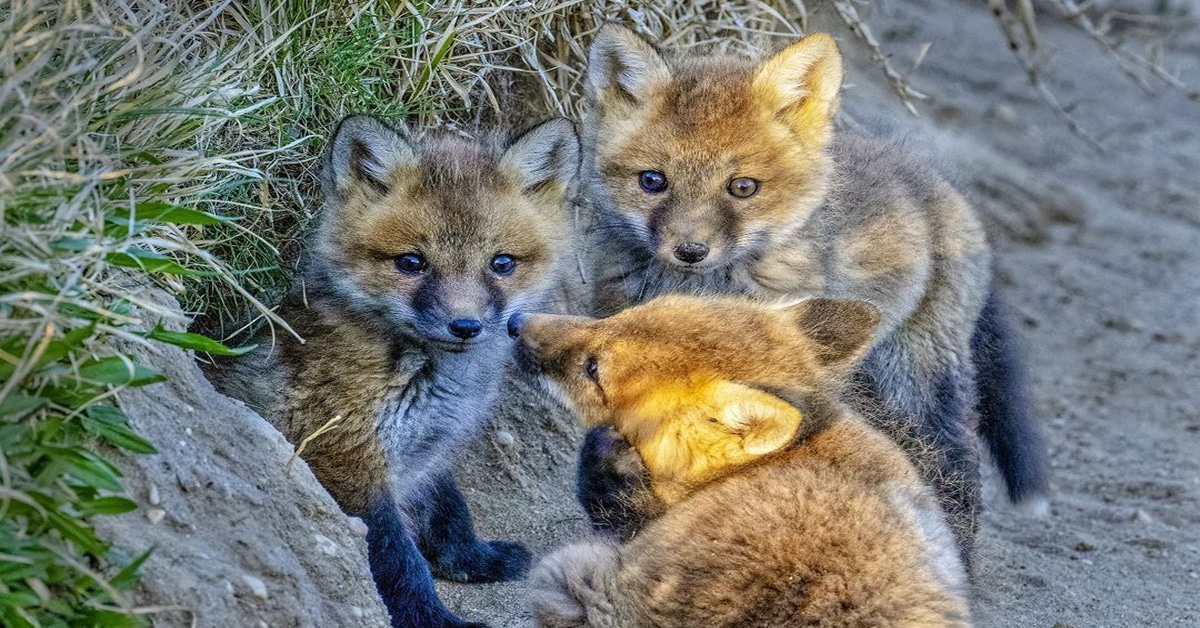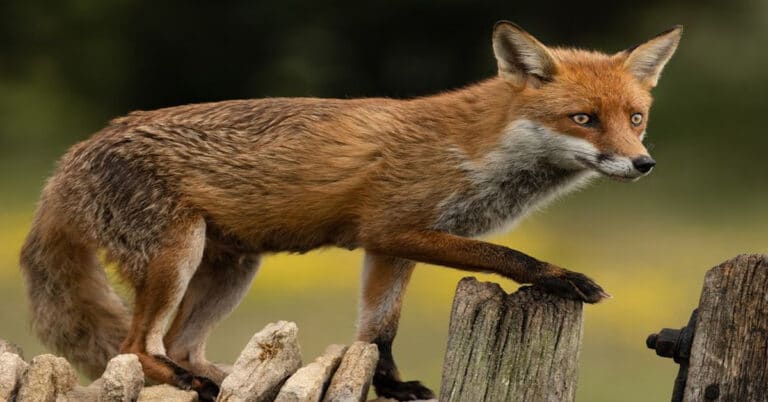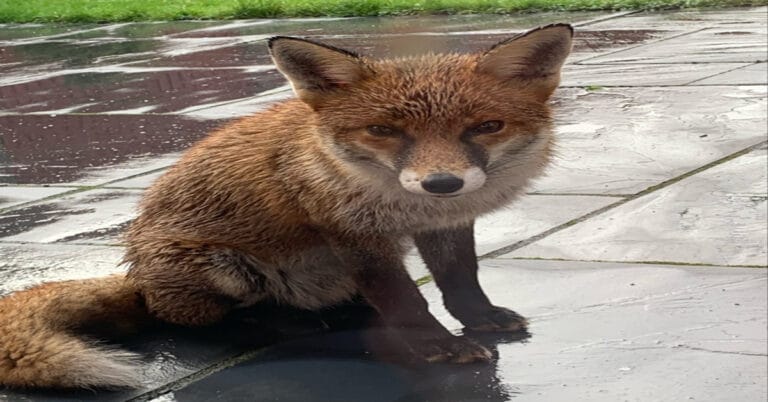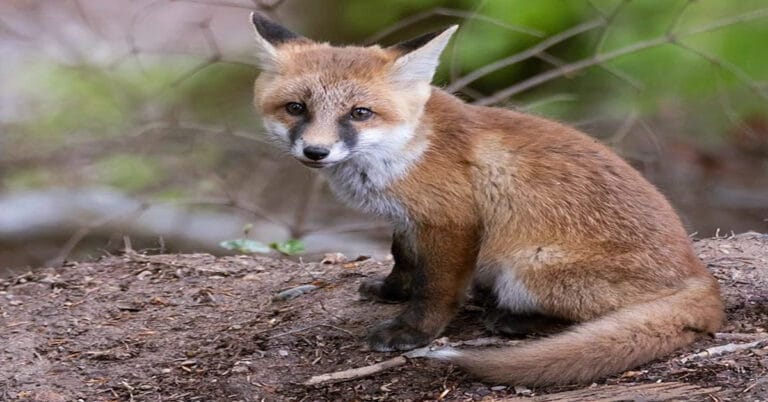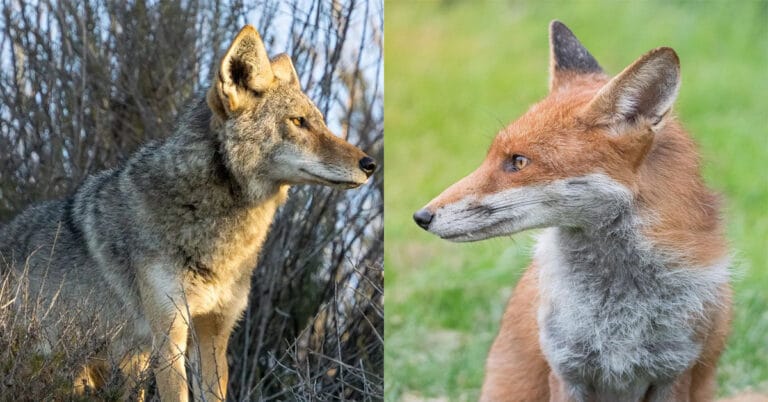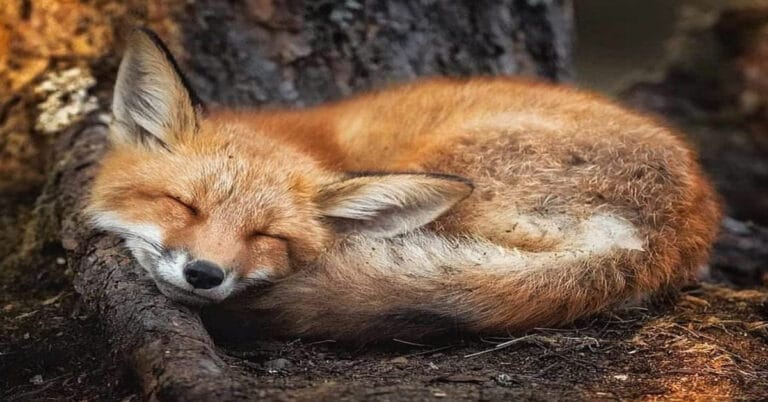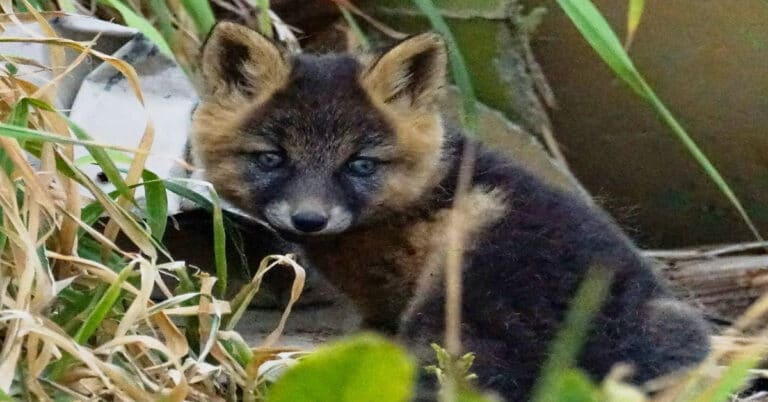Fox Babies – Fascinating Facts about the Animals Too Cute To Be True
Fox babies may be the cutest baby animals that you have ever seen. They are beautiful, with their delicate small faces and bushy tales. Their behavior is a little different from that of adult foxes and even have some traits that are similar to cats.
Foxes are mammals that come from the canine family. Fox babies are called many different names. One of those is a kit or kitten, just like the babies of beavers, ferrets, skunks, muskrats, and squirrels. They are called cubs and pups too. A group of foxes that move around and live together is called a “litter.”
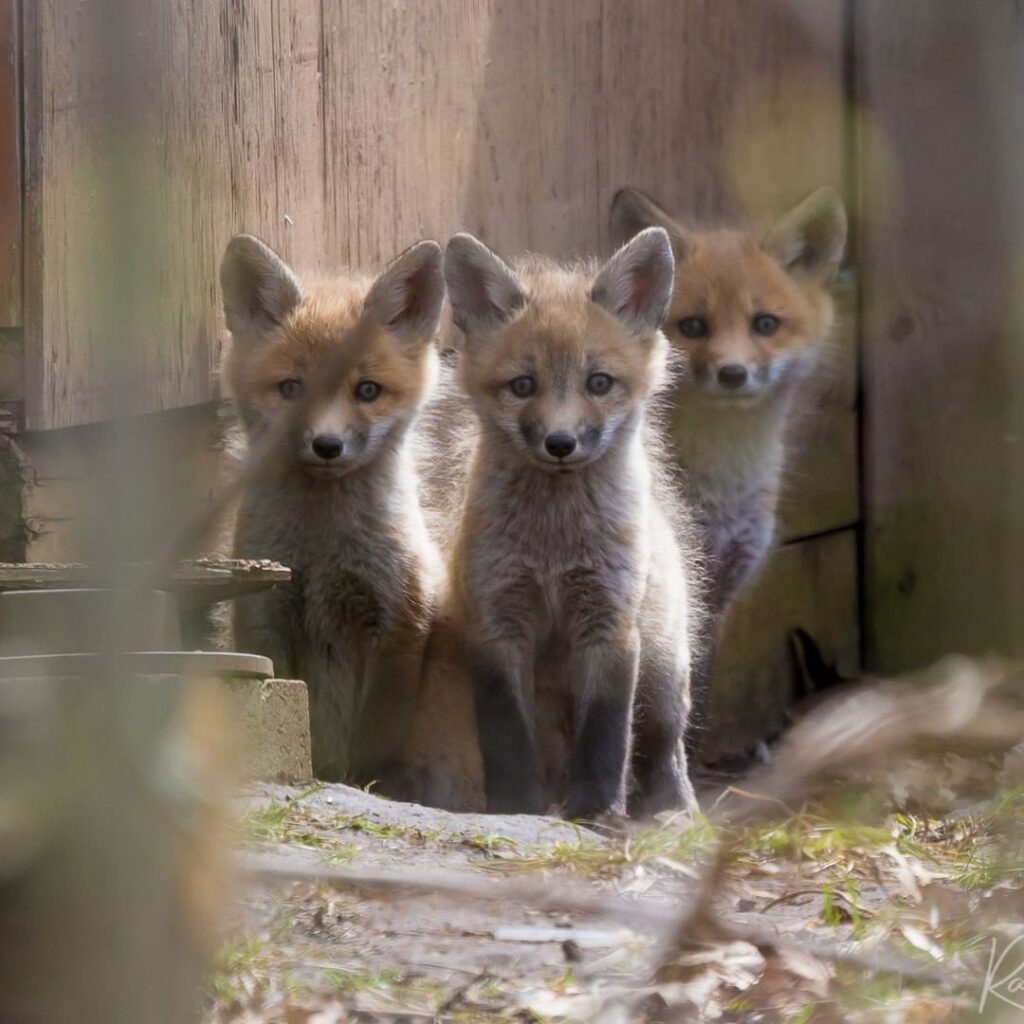
Biology Of Foxes
The specific odors that they produce help foxes find their mating partner. Foxes mate once a year. An interesting fact is that foxes stay with the same mate for their whole lives. The exception is the red fox. The breeding season for foxes starts in December. After they breed, they move to the maternal den to raise their babies. Foxes have several dens, including the maternal den. The gestation period lasts for up to 50 days. The kits are born in March and May.
The average fox has one to six babies per litter. However, some species can have as many as 10 babies. Fox babies need less than one year to reach maturity. Parents will do anything to protect their pups. Baby foxes are mainly found in wooded areas and deep forests. They spend their day in the den and come out at night.
The Eating Habits of Fox Babies
Fox babies have an incredibly small stomach. It is so small that they need to eat several times a day to stay full. Normally, fox babies eat up to four times a day. Just like other mammals, fox babies also eat their mother’s milk when they are infants. Approximately, they need 500ml of milk each day for growth. Once they reach the age of one month, they start to move on to solid food.
The transition stage from milk to solid food lasts approximately two weeks. At this time, parents start to provide fresh meat for the babies. During that time, they eat breastmilk and get used to solid food at the same time. The food is left by parents near the den opening. So, the fox babies start to get out and explore the outside world. It helps them prepare for independence. The food that they eat is the main source of hydration for them.
Around six weeks, they start to move on entirely to the solid food that they like the most. The parents also feed them carrion that is left by other predators. Foxes are omnivorous animals, and therefore, the diet of fox babies mainly includes:
- Mice
- small birds
- Insects
- Berries
- Grass and other vegetation
Physical Characteristics
At the time of birth, the weight of fox babies is as small as a fourth of a pound, and their lungs can be around four inches. They are born blind and deaf. So, they need to be inside the den safely. During that time, the mother stays with them to nurse and protect them. While the mother stays with the pups, the father hunts and brings the food.
Even though the canine family is more related to dogs than cats, the fox babies have many traits similar to cats. One of the traits is that they use their claws for hunting and protection. However, when they are not needed, they can retract them. Grown foxes are the size of cats.
Fox babies do not have teeth, just like most animals. Their first teeth are designed for milk. After a few weeks, the rest of the baby teeth come out, which are useful for chewing. There are a total of 28 baby teeth. Eventually, they lose the baby teeth and are replaced by 42 adult teeth.
It depends on the species, but still, the majority of baby foxes are born with light brown or charcoal-colored fur. Their fur is very fuzzy and they can look nothing like their parents. Their physical characteristics help them blend in with nature. After the third or fourth month, they become juveniles. This is when they start to get their adult-fur coloring. Their eyes also change from being blue to being the eye color of adult foxes.
Even though they are born tiny, they grow pretty fast and in a week can achieve significant growth. In their third month, they can hunt small animals such as insects and rodents. In the fourth month, they start to be juveniles. This is the time when they start to change their fur color and develop different eye colors.
Fox babies can be vulnerable, and if they are noticed, they can be the prey of many predators. Families stay together for up to six months. Parents do not leave their babies before they are fully developed.
Traits of Fox Babies
Foxes are considered to be relatively close to being apex predators. They are in the top part of the food chain. What it means is that they hunt many animals, but have very few enemies. It is mainly because of their incredibly advanced senses. In most cases, when animals have a good smell or hearing, they lack sight. However, foxes are not like them. All three senses are well developed in fox babies. So, it means that they can protect themselves pretty well in the wild.
They can see clearly and well in the dark, similar to cats. It is because of their split pupils. It gives them very sharp vision, and they can hunt in the dark. Foxes are nocturnal and mainly come out to hunt at night. This is one of the essential things that helps them survive many predators. Babies’ incredible sense of smell is used in the communication process. It helps them to find food and avoid threats.
Fox babies have a very stinky smell. They have a gland that is responsible for producing a bad odor. However, they cannot spray it as skunks do, and therefore, they can’t use it for the actual protection. They have odor glands for several purposes. The first is to determine their status. It helps them mark their territory and warn off the foxes that enter it. Fox babies also use their urine to protect their territory.
Fox babies start to make cute smacking noises at the age of one month. They are extremely attached to their mother and will whimper to get the attention of their parents.
Some people wonder if they can make a good pet. The answer is no, they are not good pets. It is impossible to make them potty trained. They will stink and be extremely temperamental. At the end of the day, they are wild animals and need to live in their natural habitat.
Arctic Fox Babies
Arctic foxes have many more babies than regular red foxes. They can have up to 14 kit pups per liter. However, there have been cases of arctic foxes having 20 babies. Their mating seasons start a little late and continue until July.
Even though they have many pups, the population keeps reducing. Arctic Fox babies have thick fur that is mainly white. It helps them blend with the snow. They do not get cold until the temperature reaches -58 Fahrenheit. They have huge dens that can have up to a hundred openings. The few Arctic fox babies manage to survive the strict living conditions.
Fennec Fox Babies
Fennec foxes live in Africa and, mainly, their habitat is deserted. They are the tiniest of all fox species. So, can you imagine how small the fennec fox babies will be? They have huge ears and small pointy noses. Babies are born mainly brown, and as they grow, they get a cream color. There are approximately 2 to 5 pups per litter.
Baby Red Foxes
Red foxes are one of the most invasive species in the world. Red fox babies are usually born with a dark or gray color. As they become adults, their color changes to a reddish-orange. Red foxes have approximately 4 or 5 pups that weigh from 2 to 5 ounces and have short fur. The tails of the red fox are the size of half of its body.
Interesting Facts About Fox Babies
- Fox babies are called many different names, including Pups, Kits, and Cubs.
- Fox pups have incredibly tiny stomachs.
- Sight, hearing, and sensing senses are well developed in fox babies.
- Fox babies can even hear the tiny mouse squeak from 100 meters away.
- Their pups have a very bad odor, just like skunks do.
- Foxes use up to 28 different calls for communication.
- Foxes use the earth’s magnetic fields in the hunting process to get directions.
Bottom Line
Spotting the fox babies is hard because they mostly come out of their den at night. When they go out, they stay mainly in the area where their parents are. At the age of around one month, they start to play and fight and become very active. Not only are they adorable creatures, but they also have some very unique traits that can leave anybody amazed.

Nato is a content writer and researcher with a background in psychology who’s eager to explore the wonders of nature. As a travel enthusiast and animal lover, she hopes to inspire others to discover and cherish the beauty and importance of the natural world.

